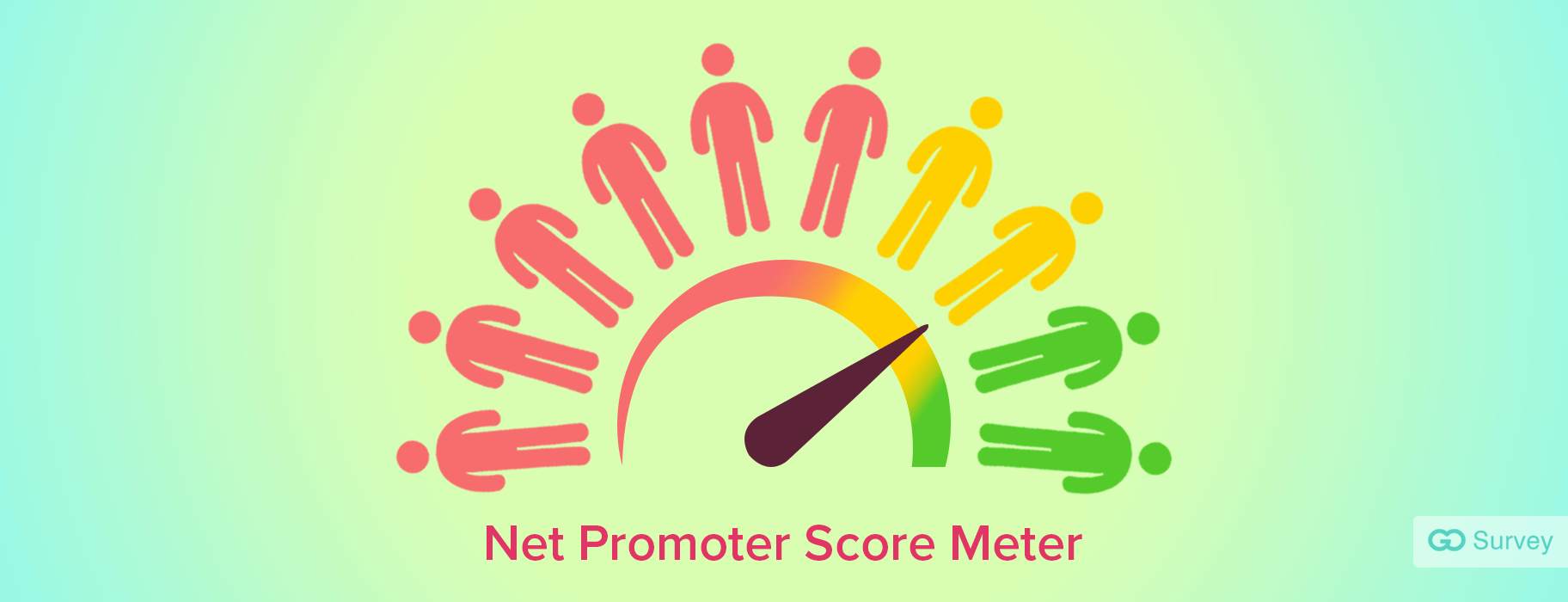Today, surveys play a key role across industries for multiple reasons. From starting up a new business to expanding an existing business, every step relies on surveys for strategic decisions. However, it also heavily depends on the questionnaire designed. A poorly designed questionnaire will collect all unwanted or inappropriate data, nullifying the whole purpose of the survey. It is important to make sure all the questions are framed properly and sequenced in the right manner.
There are two types of questions used for surveys. Let’s understand them before we talk about the right methods of constructing them.
Types of Questions in a Questionnaire
1. Closed-ended Questions
Closed-ended questions have a limited set of options that the respondents need to select from. They can be either questions that can be answered with a Yes/No or a multiple-choice format like A, B, C or D. Here’ an example of a close-ended question.

2. Open-ended Questions
These types of questions are completely opposite of close-ended questions. Open-ended questions allow the respondents to freely express their opinion in their own words. There are no options, but just a question to which the respondent must write an answer as clearly as possible. An example of the same is:

A right combination of both these types of questions will create a good survey questionnaire. Now, let's see what mistakes to avoid while framing these questions
Mistakes to be Avoided in Constructing Questions
1. Ambiguity
Many times, surveyors make this mistake in designing close-ended questions where the options are not defined appropriately. This might confuse the respondent and also bring incorrect data to the survey.

Here, we can see how 20 is repeated in option 1st and 2nd, whereas 30 is repeated in option 2nd and 3rd. It is necessary to keep the answer clear and concise, making it easy for the respondents to answer.
2. Vagueness
Vague questions will often lead to vague answers that are of no use to the survey. This is observed mostly in open-ended questions. Respondents are unaware of the purpose of the survey and they might not know exactly what answer you are looking from them.

Example:
How was our food?
In the above case, are we talking about the taste, proportions, the presentation of the dish? The survey might end up giving vague answers like ‘good’, ‘average’, etc leaving the surveyor confused about the actual rating of the food. The right question would be:

3. Too many options
This mistake is often observed in close-ended questions that use check-boxes. This means respondents can choose more than one answer. In such scenarios, it is advisable to choose the best few that might be common and add an option of ‘Others’. Example:
What are your hobbies?
Swimming, Dancing, Running, Sleeping, Eating, Skipping, Cycling, Painting, Singing, Poetry, Reading, Hiking, Trekking….
The list can go on. It’s better to pick a few and add an option of ‘Others’ to simplify it for respondents as well as the surveyor.
4. Addressing sensitive questions
Immense care is needed while addressing sensitive questions as they might hurt the feelings of the respondent making them disinterested in the survey. Questions like annual income can be sensitive. Any other questions whose response might differ from culture to culture are also sensitive questions. These questions should be constructed in a way that they don’t sound offensive to anyone.
5. Too many open-ended questions
Questionnaire should not contain too many open-ended questions. Respondents do not prefer taking surveys that are too long. And expressing their opinion in a free format for many questions might be exhausting. They might lose interest and give vague answers or skip the whole survey. Always make questionnaire with the right amount of open-ended and close-ended questions that keep the respondents interested in completing the survey.
6. Positioning of Demographics
Demographic questions like age, sex, email, education, etc should be strategically placed in a survey. Often, respondents might not be entirely sure if they want to take the whole survey or not. Hence, asking them all these questions in the beginning is not necessary unless the survey depends on it.
We can see how avoiding these mistakes can bring out the best results from surveys. It is important to create appropriate questionnaire of the correct length and the correct question flow for a survey to solve its purpose. Furthermore, to make sure that the questionnaire are constructed properly and will provide the right data needed, companies should perform test surveys with a selective small group of respondents.
So, go ahead and create the right questions and make perfect questionnaire for your surveys with GoSurvey.









